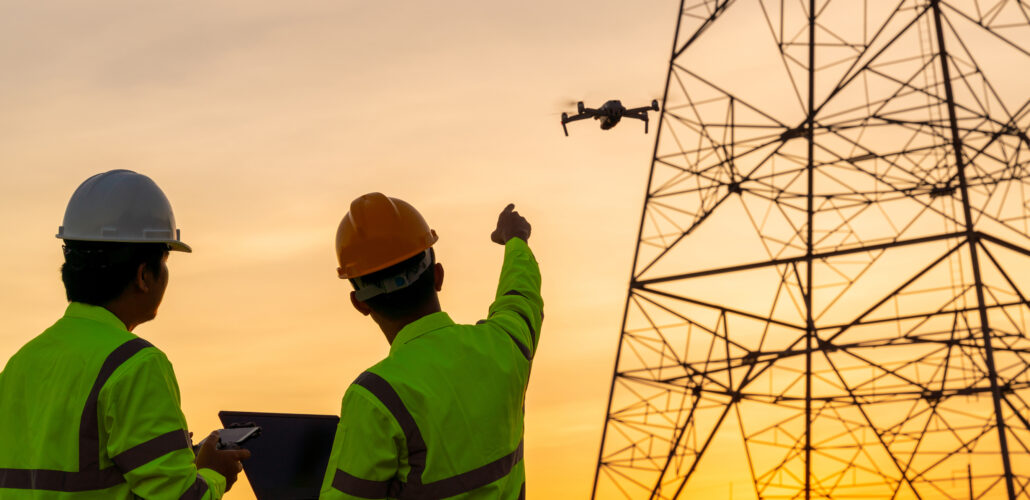Drone Technology Revolutionises Grid Monitoring and Data Collection
This innovative approach is transforming how utilities manage their assets, improve reliability, and respond to potential issues.

Image for illustration purposes.
Power utilities are increasingly turning to drone technology to enhance their grid monitoring capabilities and gather real-time data on infrastructure conditions.
Key benefits of using drones for grid monitoring include:
1. Enhanced Safety: Drones eliminate the need for workers to physically inspect dangerous or hard-to-reach areas, significantly reducing safety risks.
2. Improved Efficiency: Aerial inspections cover large areas quickly, allowing utilities to monitor more infrastructure in less time compared to traditional methods.
3. Real-Time Data Collection: Equipped with high-resolution cameras and sensors, drones capture detailed images and data on grid components, enabling immediate analysis.
4. Cost-Effectiveness: Drone inspections are often more economical than manual inspections or helicopter surveys, especially for routine monitoring.
5. Predictive Maintenance: By regularly collecting data, utilities can identify potential issues before they escalate, enabling proactive maintenance.
6. Environmental Impact: Drones have a smaller carbon footprint compared to helicopter surveys, aligning with sustainability goals.
Utilities are deploying drones for various monitoring tasks:
– Transmission line inspections
– Substation equipment checks
– Vegetation management
– Storm damage assessment
– Thermal imaging to detect hotspots
As drone technology advances, utilities are exploring autonomous systems that can recharge on power lines, allowing for extended monitoring missions in remote areas. This development could further revolutionise grid management by enabling continuous, wide-area surveillance.
Source: EE Power
#aerial inspections#autonomous drones#cost-effective inspections#data analytics#Drone technology#Grid Monitoring#infrastructure surveillance#Power grid reliability#power line monitoring#predictive maintenance#real-time data collection#regulatory compliance#remote sensing#safety enhancement#storm damage assessment#substation monitoring#thermal imaging#transmission line inspections#utility asset management#vegetation management



